
Gifted Gabber Research Program
Celebrating Brilliance: Research Journals by Gifted Gabber Students
List of Gifted Gabber Student's Research Papers successfully published in Research Journal.
Join the Waitlist >>Research Success
Published Papers by past research students!
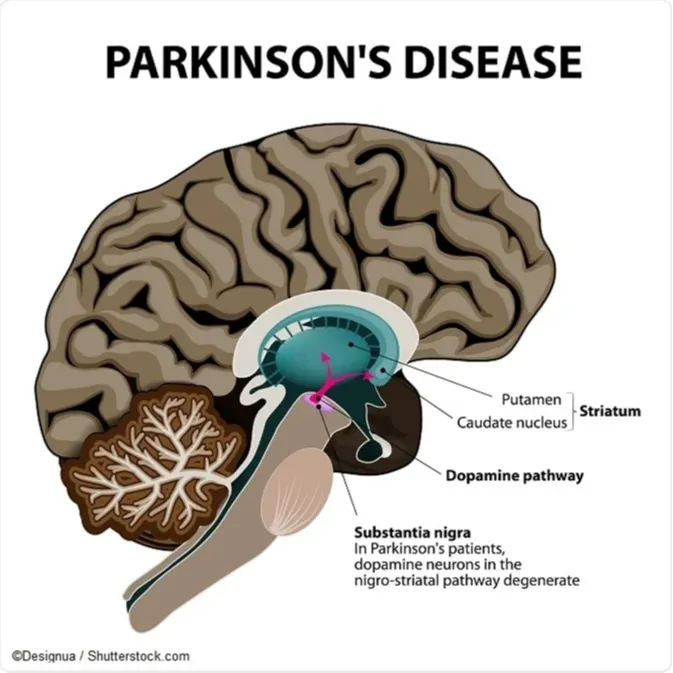
Dopamine Agonists and their Optimality in Treating Parkinson's Disease Compared to Other Treatments
By: Samarth Keerthivasan
In this paper, comparisons were conducted between the two largest categories of PD therapy to derive a conclusion. The findings indicate some rather surprising results, and prove that dopamine agonists might not be as useful in the treatment of Parkinson’s Disease as one might assume.
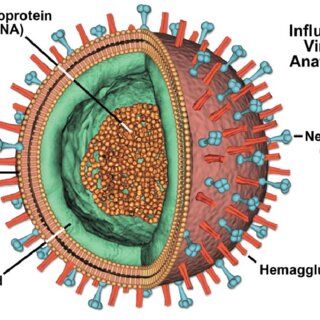
Mutations In Influenza Viruses and Prevention Against These Viruses
By: Rohit Rao
This paper will research the mechanisms of such processes that allow these viruses to stay “alive” (because they technically are not a living thing) and prevent themselves from being eradicated by today’s medical technology. We also look into common and new preventions/ treatments that is/ can be used to eventually eradicate the flu.
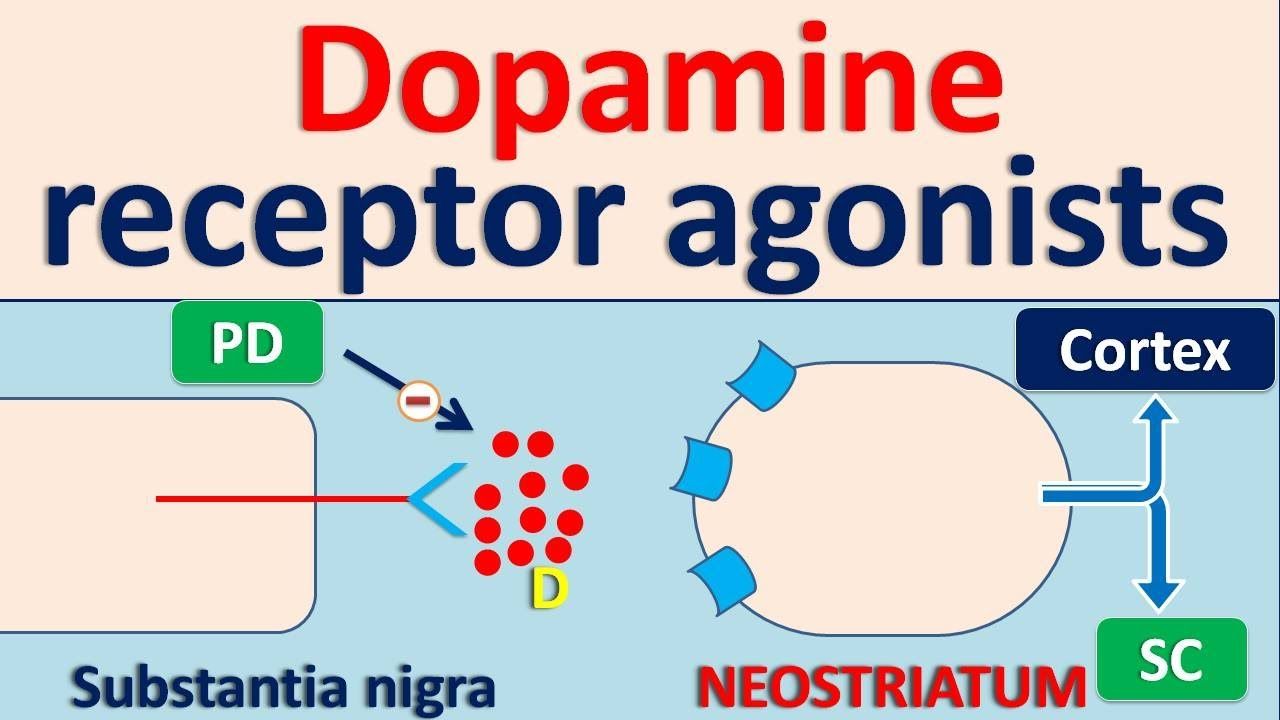
Dopamine Agonists and their Optimality in Treating Parkinson's Disease Compared to Other Treatments
By: Samarth Keerthivasan
In this paper, comparisons were conducted between the two largest categories of PD therapy to derive a conclusion. The findings indicate some rather surprising results, and prove that dopamine agonists might not be as useful in the treatment of Parkinson’s Disease as one might assume.
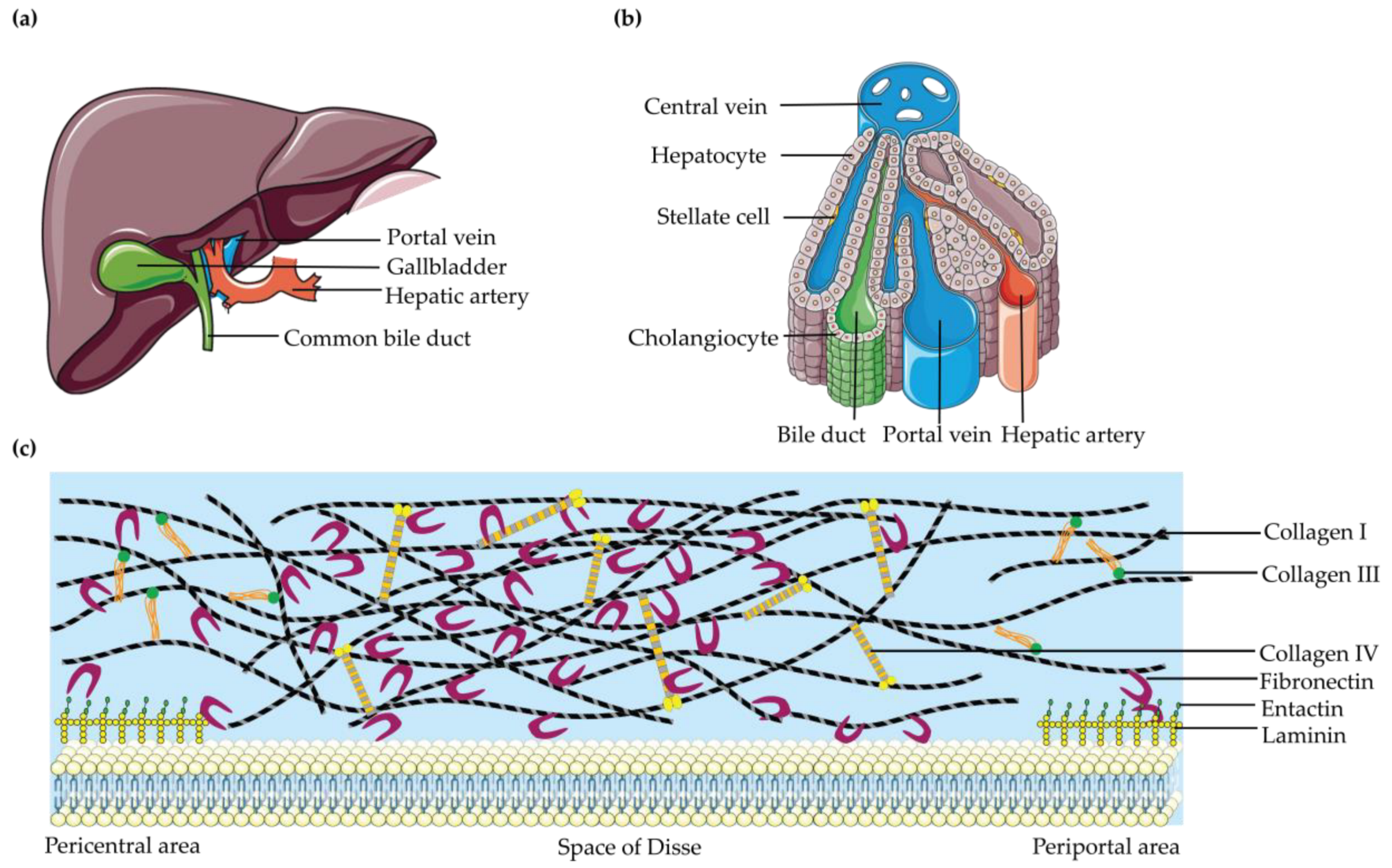
Bioartificial Liver Manufacturing Methodologies in Comparison to Hepatogenesis
By: Aanya Roy
End-stage organ failure is a major global issue, with the liver being the second-highest transplanted organ due to lifestyle choices or other conditions. In the field of biomedical engineering, artificial organ manufacturing has been a possible alternative to organ transplants by aiming to achieve less immune rejection, more efficient production, and higher accessibility
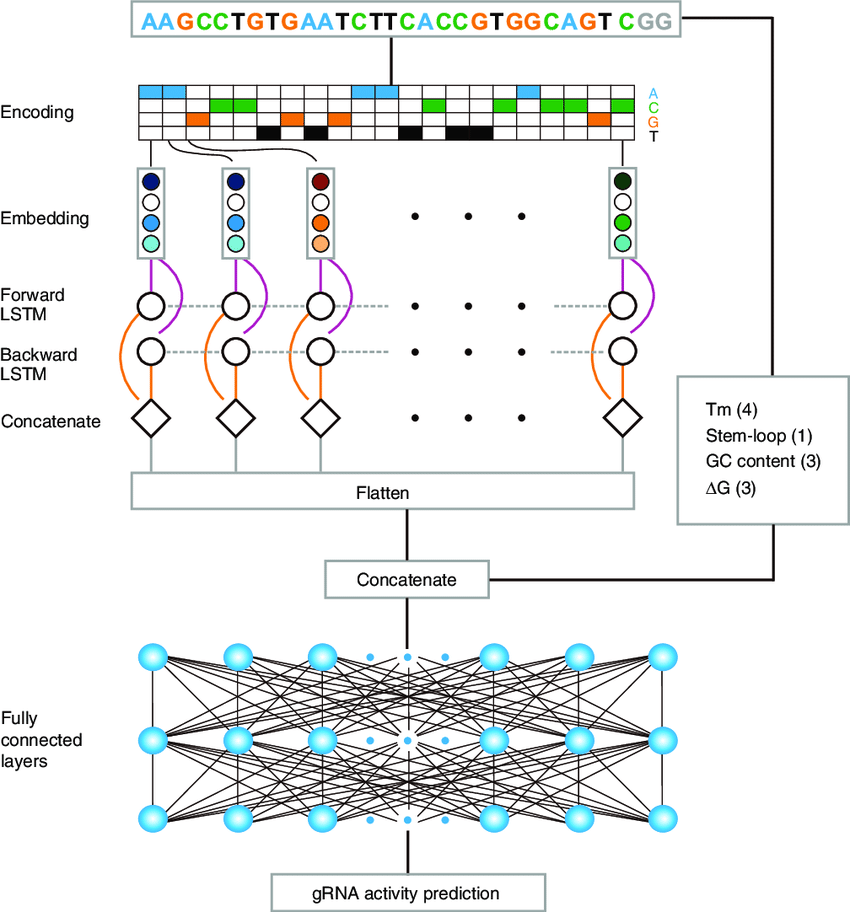
Examining Machine Learning Models That Predict sgRNA Cleavage Efficiencies
By: Krish Kawle
Scientists discovered a revolutionary way to use this method for gene editing. Yet, the challenge is that the CRISPR-Cas9 system is lenient with the matching precision of the guide RNA to the target sequence As a result, the CRISPR-cas9 system may also cleave certain healthy sequences that are almost identical to the target sequence. This paper aims to find the best model that uses machine learning to predict an optimal sgRNA design.
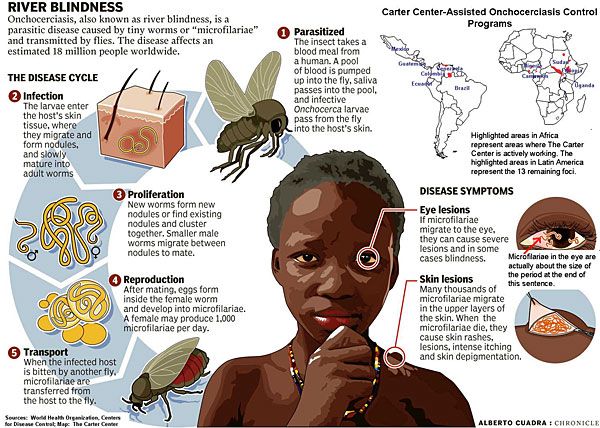
Onchocerciasis Transmission in Africa and How It Can Be Resolved: Obstacles and Solutions to the Spread of Onchocerciasis Transmission in Africa
By: Saketh Nallagatla
Strong elements of this research paper include treatments such as MR-Guided focused Ultrasound, Gene Therapy, Park-in-Shape, and the rise of a PD Vaccine. This research paper's secondary goal is to inform those looking to avoid PD or who already have PD and wish to avoid the symptoms on how to avoid the symptoms of the disease. This Dopamine and PD study aims to explain what dopamine is, how it works, how it affects the body, and the effects of unhealthy levels of dopamine.
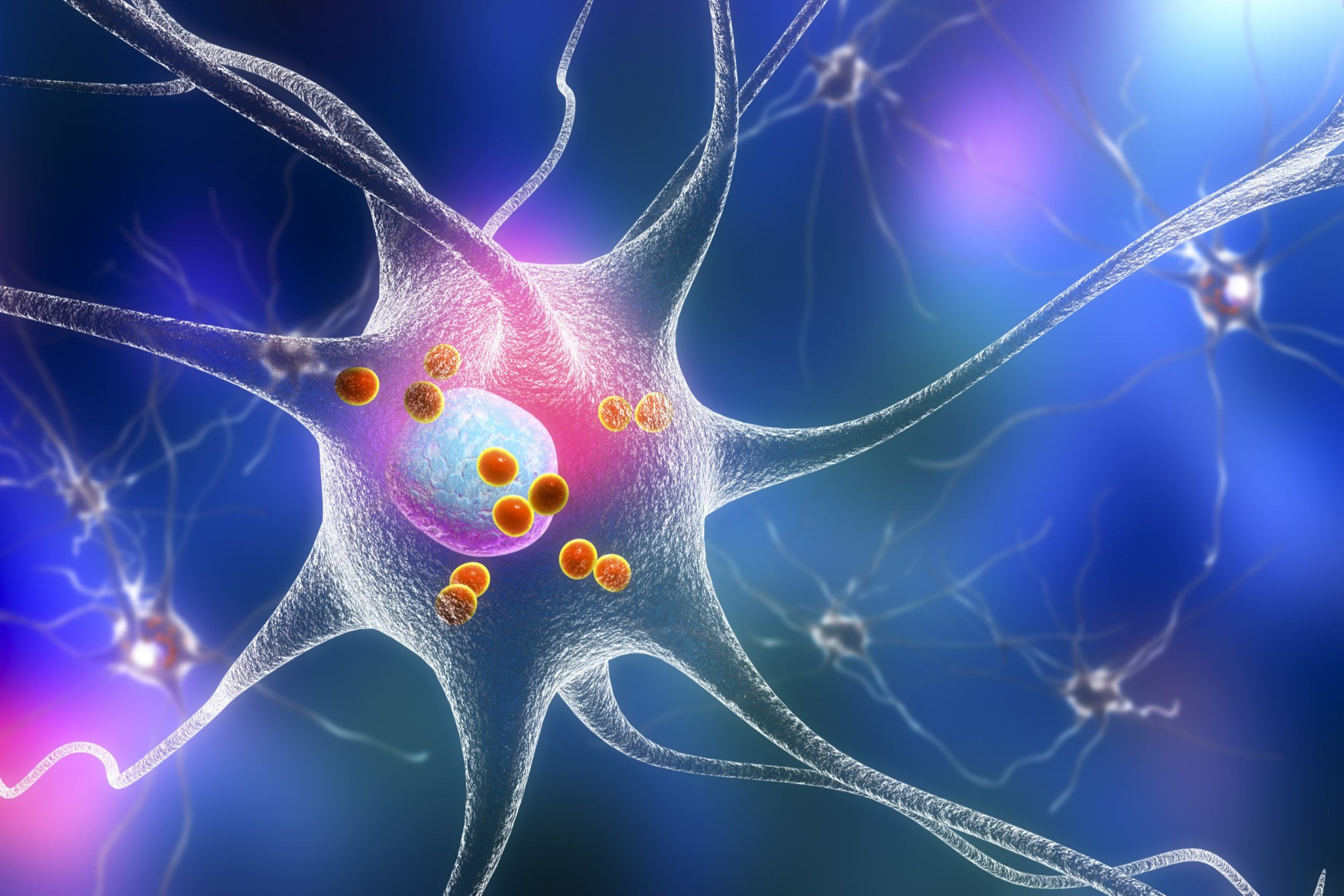
Dopamine and the Causes, Prevention, and Advanced Treatments of Parkinson’s Disease
By: Jeremy Nashid
Strong elements of this research paper include treatments such as MR-Guided focused Ultrasound, Gene Therapy, Park-in-Shape, and the rise of a PD Vaccine. This research paper's secondary goal is to inform those looking to avoid PD or who already have PD and wish to avoid the symptoms on how to avoid the symptoms of the disease. This Dopamine and PD study aims to explain what dopamine is, how it works, how it affects the body, and the effects of unhealthy levels of dopamine.
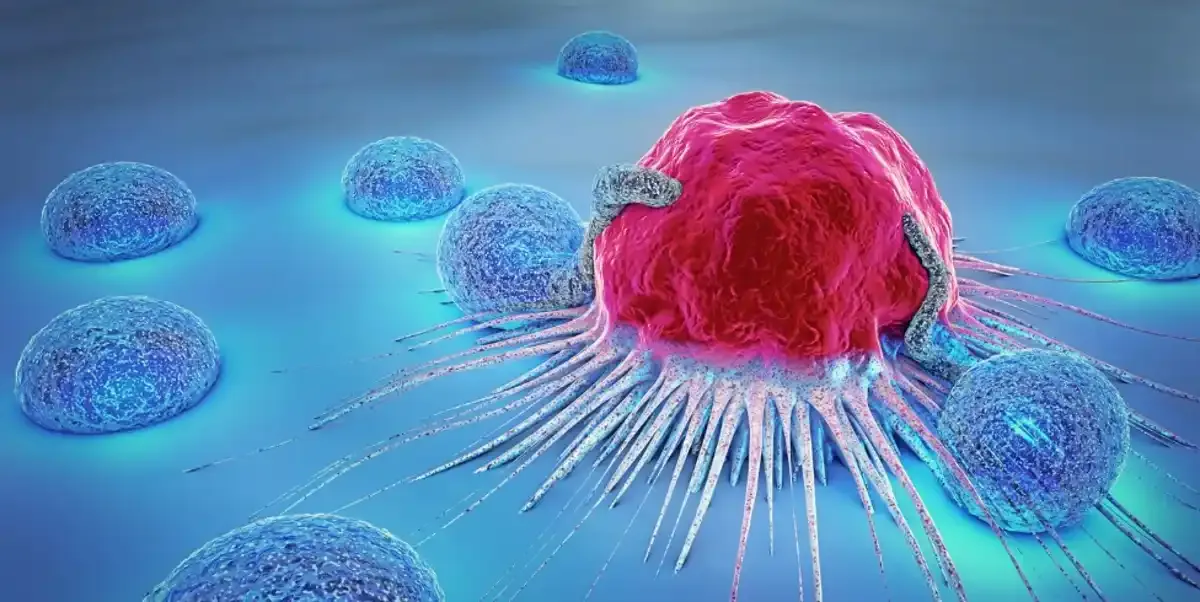
CRISPR in Cancer Treatment
By: Shivani Pradeep
In order to avoid the side effects, scientists have developed a tool which allows them to efficiently target cancer cells themselves in order to stop them before the cancer progresses to a level in which medical professionals are no longer able to help. This tool is called CRISPR, and it holds the key to the future of cancer treatment due to the efficiency and convenience which it offers.

Is Gene Therapy a Band-aid or a Cure?
By: Sanjitha Sadhneni
The goal of innovation in treating diseases is to provide a long-lasting solution. For rare diseases such as sickle cell disease (SCD) and hemophilia, this can mean reducing the number of complications or even increasing life expectancy. One of the innovations that is having increasing attention is gene therapy. Gene therapy entails substituting flawed genes with normal ones by utilizing vectors derived from the outer shells of viruses, retaining the inherent properties of being able to target and enter specific cells.
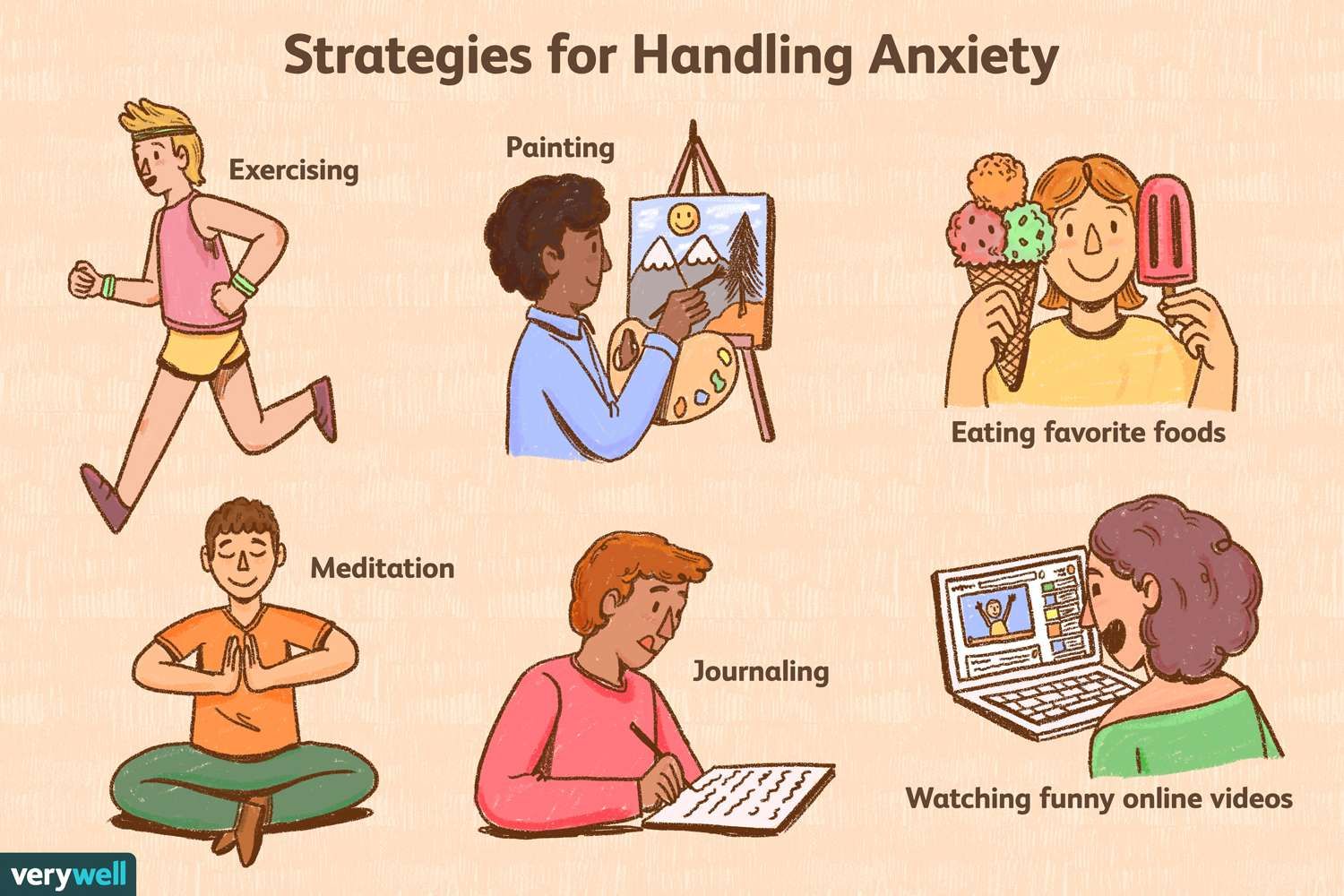
Alternative Medicine for Anxiety and Depression in Adolescents - an exploratory study
By: Vaishnnavi Ashokraja
There is minimal research on alternative medical fields; therefore this research paper is meant to bring awareness and help ease symptoms of depression using alternative/ayurvedic medicine. This research paper supports the hypothesis that alternative medicine works better than man-made antidepressants in reversing damage to neutrons and restoring mood and hormone levels.

Characteristics of Psychotic Depression in Juveniles and Analyzing 4 Antipsychotics
By: Deepak Vaidyula
This research paper attempts to answer how psychotic depression differs in children and adults and focuses on the properties of the following four antipsychotics: Mellaril, Clozaril, Zyprexa, and Abilify to analyze which antipsychotic was most effective. This research paper analyzed differences in how children and adults react to psychotic depression by analyzing a recent study.
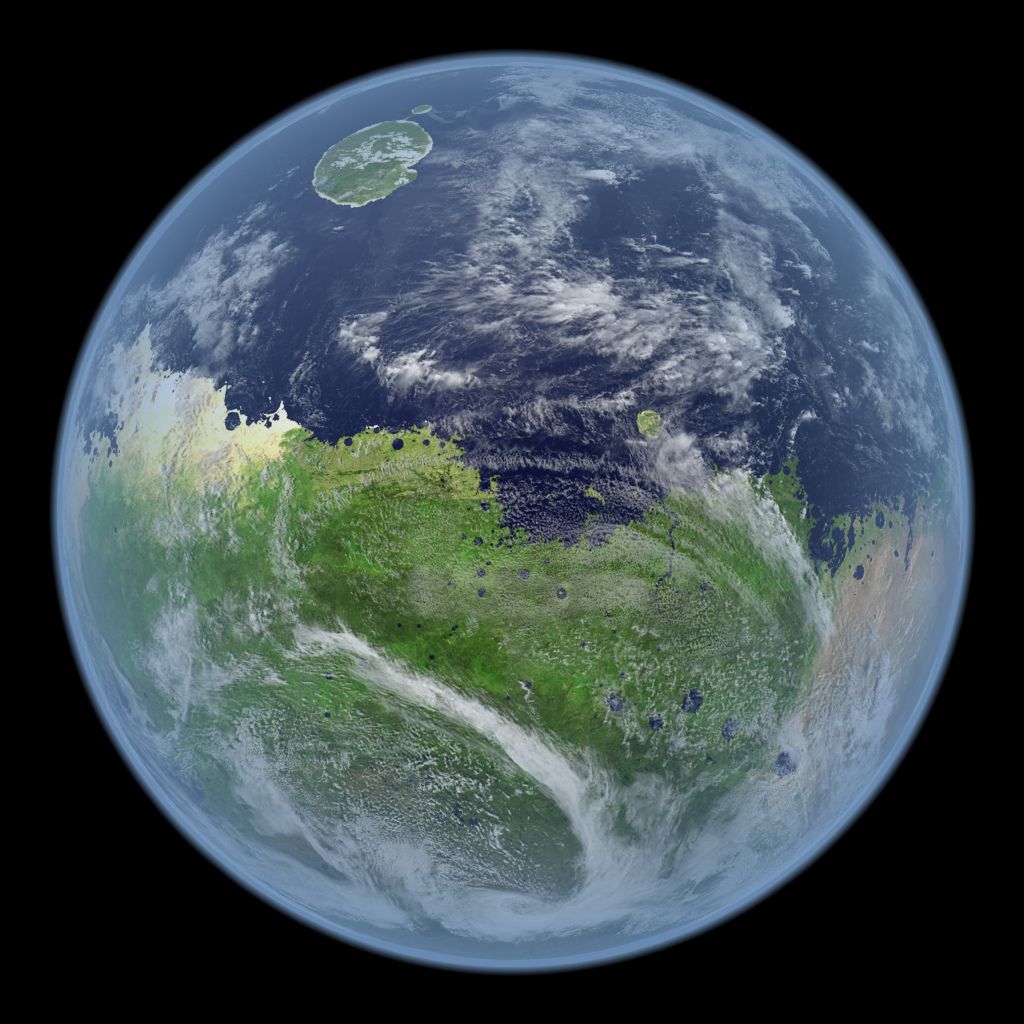
Probability of life on Mars utilizing biosignatures
By: Divya Krishna
Biosignatures are key pieces of evidence of life on other planets, in this research paper we will be focusing specifically on Mars. This paper compiles research from other papers and highlights probabilities and improbabilities of life from data on Mars and terrestrial analogs on Earth. Hydrated areas likely to have liquid water exhibit a correlation with life as liquid water is commonly thought to be the “key” to an organism's survival.

Discussion of melittin in cardiovascular treatments
By: Gaurav Ramasani
In this research paper, we will go over details about melittin peptide, a cationic peptide that was derived from bee venom and is now being used in medicine to cure diseases. We will go over how it was derived, some of its uses in medicine, how it is helping in cardiology, and how it could affect the future of medicine.
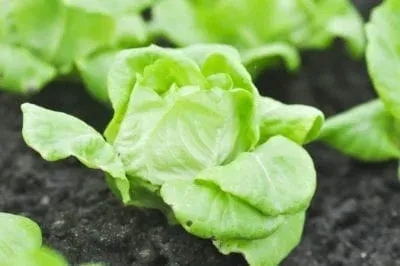
The Effect on the Growth of Lettuce Plants Using Various Recyclable Non-Soil Substrates
By: Zain Rehman
All the household recyclable substrates with exception of cushion filling were found to grow plants better than soil. Findings suggest that while rockwool or other commercially available products are used as substrates for hydroponics, recyclable household substrates can be just as effective and better than soil, while reducing cost.
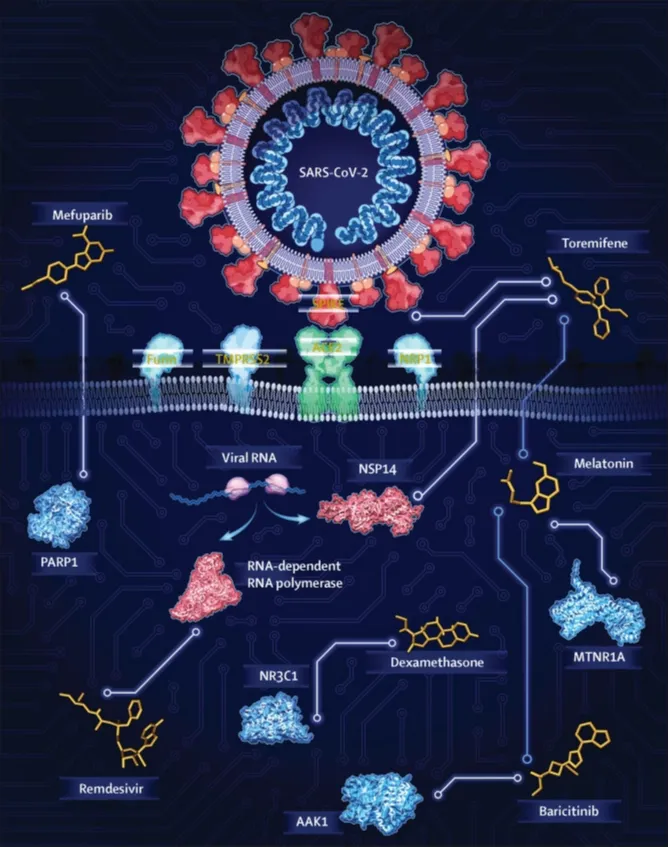
Applying Machine Learning Techniques to Mitigate Impact of COVID-19 Pandemic
By: Sidarth Krishna
The results highlighted that for COVID-19 cases the most influential factor was Population Density. For deaths, the most significant factors were poverty rates in communities as well as education level. From this analysis and results, in order to mitigate the impact of the COVID-19 pandemic in the future it is of utmost importance to address the needs of underprivileged communities by providing access to low cost and high quality medical resources for all.
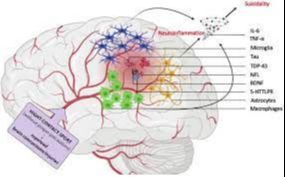
Exploring the connections between alcohol and chronic traumatic encephalopathy
By: Arnav Srivastava
The specific causes of CTE and still not completely known, and this paper intends to answer that with at least one cause: alcohol. Alcohol has been a favorite among many players and its presence is undeniable in the sporting community. Its effects on the liver, kidney, and other organs are clear already, and perhaps after this research and more, its effects on the brain can become clearer as well. A connection between alcohol and CTE can be seen here in this research and this link can be built upon in efforts to create a treatment for the horrible disease, eventually hoping to render this issue nonexistent.

Shoulder Dysfunction in High School Tennis Players - an exploratory study
By: Sandheep Ranganathan
The purpose of this study was to explore the prevalence of scapular dyskinesis and GIRD at the high school level and identify some of the factors that makes a high school tennis player more susceptible to developing shoulder dysfunction. A survey related to sports-related shoulder dysfunction was developed in collaboration with physical therapists and was completed by twenty-seven high school level tennis players.
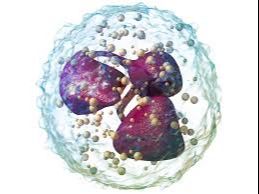
Can Stress Cause Cancer?
By: Trisha Nataraj
This paper uses research done on stress’ affect on the body and the health conditions people are more prone to develop if they are stressed, to identify if stress can cause someone to develop cancer. Along with this, the paper also uses research to describe the different effects the two different forms of stress have on the body and how chronic or long-term stress affects the body systems at a larger scale in comparison to acute or short-term stress.
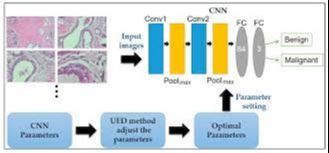
Optimization of Pediatric Cancer Diagnosis with Convolutional Neural Networks (CNNs)
By: Simran Saluja
In the past few years, artificial intelligence technology has been advancing and scientists have begun to research whether deep learning algorithms like convolutional neural networks can be used to help detect signs of and diagnose cancer. Specifically, a growing research field refers to using deep learning and CNN models to detect pediatric cancer, one of the hardest cancers to detect based on symptoms. In this paper, it will be discussed whether deep learning algorithms are effective in use for the detection or diagnosis of pediatric cancers.

Molecular Inhibition of Phagocytosis: Systematic Review of Immune Response
By: Sebastian Leung
There are many viral variants that bind to sialic acid rather than cleave it on a human macrophage, which inhibits a macrophage’s phagocytosis; for example, the D151G mutant of the influenza virus. Sialic acid must be cleaved in order to initiate phagocytosis, so viral variants that cleave sialic acid can help hasten the cleansing process of the immune system. The process of researching began with the understanding of how sialic acid synthesis occurs and how it inhibits phagocytosis

Mechanisms of Metastasis: Analysis on Abdominal Organs and the Effect of Treatment Options
By: Sinchana Keshav
Metastasis is the leading cause of cancer related deaths and commonly associated with Stage IV cancer. This paper will answer the question of: “How do the different circumstances of metastatic origin, growth, and spread affect the function of abdominal organs and life expectancy in cancer patients as well as how varied treatment options affect tumor spread?” in the style of an empirical review.
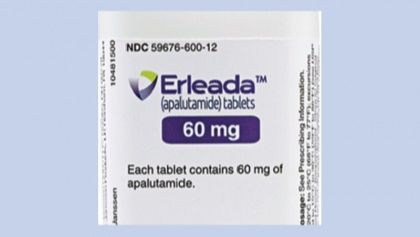
An Evaluation of the Safety and Effectiveness of Erleada
By: Vasudha Ravivarma
Prostate cancer is the fourth most common cancer worldwide, however it remains a challenge for both patients and doctors alike to identify the proper treatment. Patients are hesitant to fully commit to medications and treatments due to the uncertainty surrounding the safety and effectiveness of products. Erleada®, or Apalutamide, is a newer drug that has shown promising results.
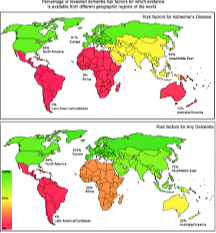
Heat Maps of Alzheimer’s Diagnosis and its Factors Across the United States
By: Vimal Roshan Lokesh
Alzheimer’s disease is an ailment that is tightening its grip on global health and more specifically, elderly well being. However, it can be observed that the diagnosis rate varies greatly from one state to another. This paper aims to isolate factors from each state as either advantages or disadvantages toward the Alzheimer’s diagnosis rate, further enhance our preventative measures of Alzheimer’s, and better our understanding of the disease itself.
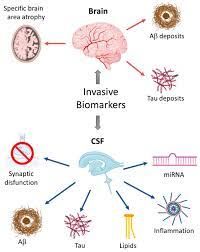
Early Testing of Alzheimer's using Biomarkers
By: Kiranpreet Utal
This paper covers the biomarkers that can be used to test for and diagnose Alzheimer’s Disease. This is important due to the large number of people globally who are suffering from this disease. Two types of biomarker origins were explored here: blood and cerebrospinal fluid. Currently, the standard for testing Alzheimer’s biomarkers is through the use of cerebrospinal fluid collection. These are the biomarkers that have been thoroughly tested and accepted as accurate and reliable, such as Aβ (1-42) and Tau-related proteins
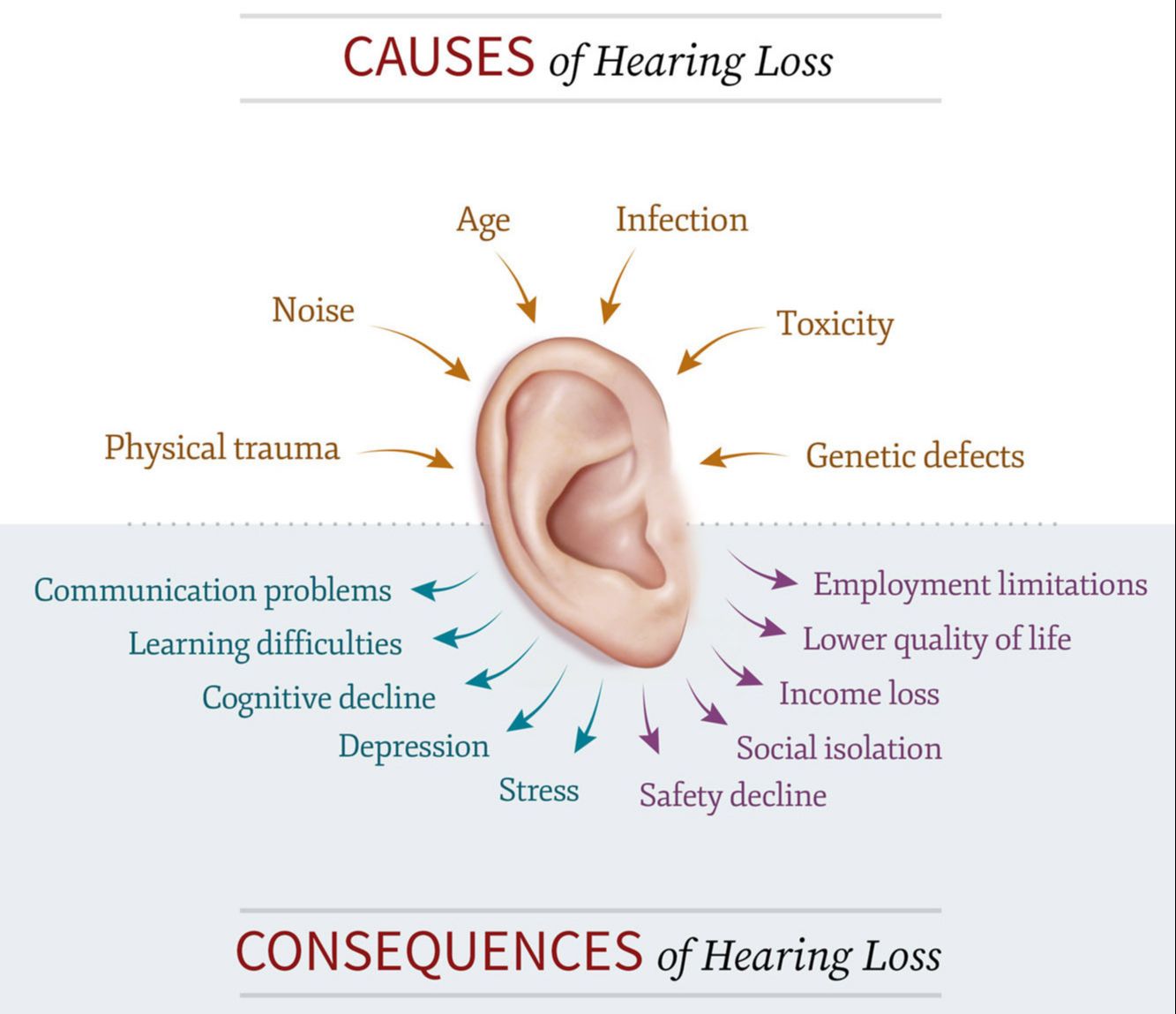
Connecting Hearing Loss: Causes, Treatments, and Prevention
By: Bhavana Challa
Everyone has five senses: touch, taste, smell, sight, and hearing. Each of these plays a vital role in one's life. It was found that one connection between all of these causes is that they are a result of some sort of physical damage or injury to the ear. But this injury’s location and specifications are different in each case yet the result is also hearing loss. Furthermore, this paper offers solutions and prevention for some of the different cases of hearing loss that can be encountered; thereby preparing persons to avoid this condition.

The Causes and Effects of Algorithmic Decision Making
By: Simran Saluja
Algorithms are able to help people do simple pattern-based tasks in day-to-day life but they also have implications on our society. Algorithms often make mistakes due to the human error in data they analyze. There are many different sources of algorithmic error in decision making, but the most significant cause by far is error in the data which algorithms are trained from. These errors affect advertisements, jobs, and also technological products. It is hard to get rid of these biases as many times it leads to underrepresentation, another cause of algorithmic error. The way an algorithm is trained has a large impact on the future decisions it makes.
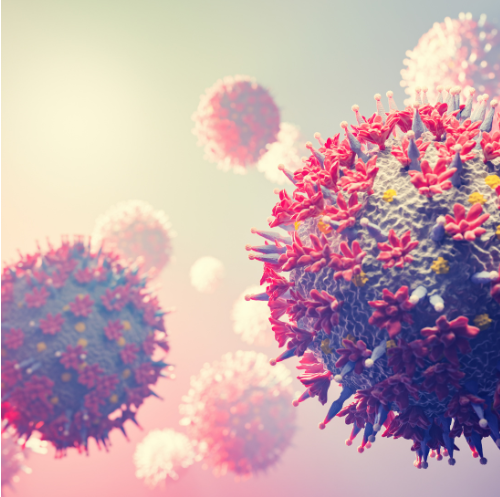
Reactions to SARS-CoV-2: The Effectiveness of the Body’s Immunological Memory
By: Abhaya Saridena, Ananya Saridena
Coronavirus Disease 2019 (COVID-19), caused by SARS-CoV-2, is a worldwide pandemic that resulted in significant morbidity and mortality. After being exposed to SARS-CoV-2 infection, some patients (especially elderly patients) begin to develop severe COVID-19. Infected individuals begin to produce hyper-inflammatory responses in the body. This research paper aims to answer the question of whether immunological memory against COVID-19 is retained in individuals after contraction of the virus.

Efficacy of virtual reality treatment with NIBS for Schizophrenia
By: Sashvathkumar Krishnakumar
Technology plays a more significant role in healthcare today than it has ever done before. Technologies such as Artificial Intelligence and neurotechnology have advanced healthcare by leaps and bounds that wouldn’t have even been dreamt about 50 years ago. In recent years, virtual reality technology has advanced along with these technologies and medical professionals have taken an interest in its applications, especially in the treatment of treatment-resistant mental health conditions. Research on whether virtual reality is a viable option for psychotherapy is an ongoing process that is highly influential in the medical world.

Implications of Aromatase Inhibitor Therapy in Postmenopausal Breast Cancer
By: Anvitha Makkena
Aromatase Inhibitor(AI) therapy is a crucial treatment for regulating estrogen production that combats breast cancer in postmenopausal patients. Clinical trials have emphasized its importance, as it has surpassed its prior efficacy through each succeeding generation of AI therapy and surpassed other treatment options like estrogen modulators(Tamoxifen) and Progestin therapy(Megace/Megestrol Acetate). There is a big difference between AI therapy and other therapies, though they all ultimately attempt to stop the proliferation of cancerous cells. AI therapy has been shown to be effective; however, some side effects of its use have been challenging its place in recent studies.
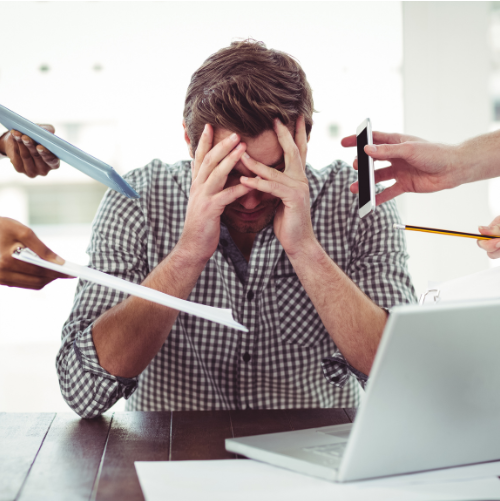
The Effectiveness of VAT in Alleviating Stress
By: Vishnumaya Nair
Stress is one of the leading problems in terms of health and thousands of people die from it every day. Additionally, stress is worse when you have a pre-existing medical condition. Stress has a major impact on millions of people worldwide and pain is often found in society. Stress is considered to be one of the leading epidemics in this world and there has to be a way to promote consistent mental well-being in humans. Vibroacoustic Therapy or VAT for short can be the solution to this problem. We can use low sound frequencies to improve the quality of human life and to heal people of the stress found in their lives. In this research paper, the question of whether VAT holds up validity in reducing stress levels will be answered and future implications of this therapy will be discussed.

Efficacy of Techniques Used in the Medical Diagnosis and Treatment of Glioblastoma
By: Pranav Potluri
Upon diagnosis, patients are presented with various treatment options from which to choose from. Oftentimes, however, the patient is oblivious to what exactly is being presented to them. The complexity of the medical field is unrivaled and patients are often blind to what is being done, especially in oncology. Oncology is regarded as an incredibly complex field with even more complex subgroups. One of society’s most perplexing cancers is Glioblastoma, a type of brain cancer in which a growth appears in the brain or spinal cord Scientists know very little about the disease as it affects an extremely small percentage of the population. However, it is important to be informed about the possible treatment options and specific details of each. The purpose of this research is to inform society of the treatment options for Glioblastoma and how effective they are at curing the disease.
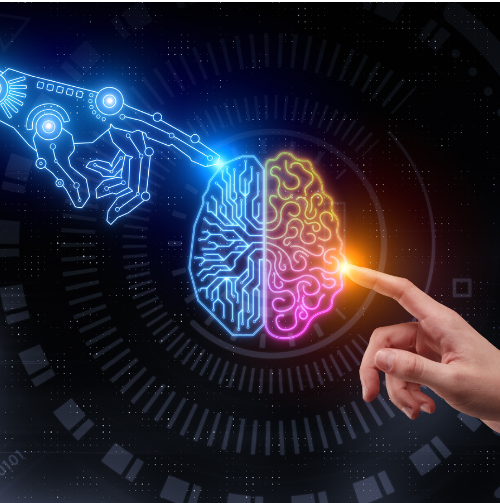
Artificial Intelligence Assisted Mobility Device Development
By: Shivali Upadhyay
Artificial intelligence is rapidly gaining attention in the world for assisting humans with tasks that they could not achieve otherwise. In the medical industry specifically, artificial intelligence has made it possible to almost connect the original human body with another perfected body. This paper is intended to summarize the different conditions that may lead to someone needing a mobility device in the first place, what companies have preexisting parts that we can repurpose for the ideal artificial intelligence assisted mobility device, and the different AI technology that we can use to build this machine.

The Bioinformatic Analysis of Cancerous Cells
By: Ayush Yavagal
Cancer is a ruthless disease that has no definite cure and it is very consequential to treat it. Chemotherapy and other cancer treatments have lasting negative effects on patients, like fatigue, diarrhea, nausea, and many other harmful side effects. To decrease the time period of vigorous cancer treatments like chemotherapy, cancer should be detected very early. Pathologists and clinicians have used many methods of cancer diagnosis over the years, but to do this, large amounts of data about a patient and their history are needed. This is known as the bioinformatic analysis of cancer cells. Bioinformatics is the act of using biological information to aid in the diagnosis of a disease, which in this case is cancer.
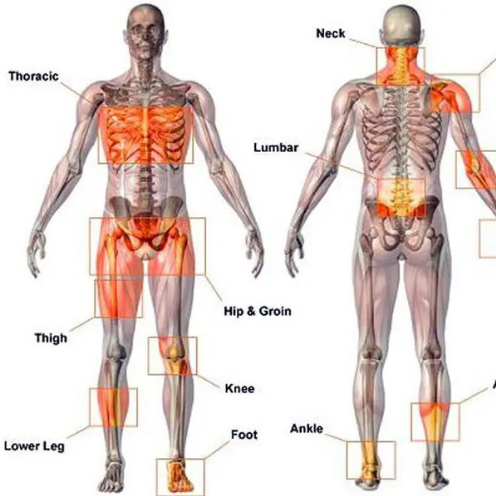
Stem Cells and Regenerative Medicine in the Treatment of Musculoskeletal Disorders
By: Pranay Mehta
Regenerative medicine is a field of medicine focused on the repair or replacement of damaged or diseased cells, tissues, and organs through the use of various medical technologies. These technologies include stem cell therapy, tissue engineering, and gene therapy, among others. Millions across the globe are plagued with musculoskeletal disorders (MSD) with ranging debilitating effects that are detrimental to the functionality of one's life. The healing process of MSD can be arduous and sometimes worse than the injury itself. The various methods of treatment including stem-cell based therapy and the origin and composition of these stem cells has been reviewed in this paper, in order to present a way in which the natural healing process of MSD can be amplified and catalyzed.
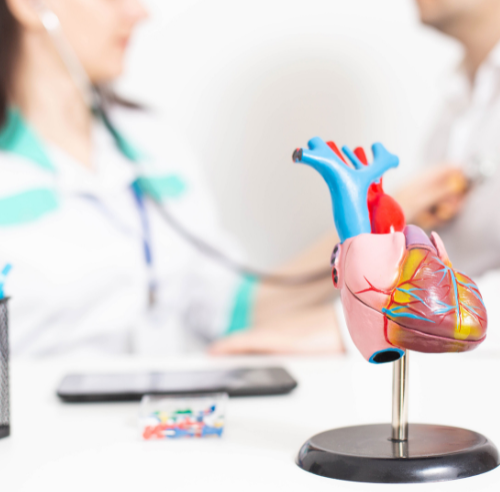
The Effects of Congenital Heart Disease on the Development of Autism Spectrum Disorder in Pediatric Patients
By: Dhriti Shah
It is a well-known fact that congenital heart disease (CHD) can cause life-long health complications, especially if it impairs other bodily functions early in life. One of these complications is the risk of developing a serious neurodevelopmental disorder known as autism spectrum disorder (AuSD). With some case studies identifying the linkage of CHD and AuSD, it has been successfully established that being diagnosed with CHD does increase a child’s chances of developing AuSD later in life. There is not a simple answer for why this occurs. However, there are several factors that can contribute to why CHD increases the risk of developing autism.

The Effect of Stress on Insulin Production Across Different Generations
By: Om Patil
Stress has become a standard part of life for a majority of humanity, and its effects have a significant impact on the day-to-day lives of many. Stress has an even higher impact on the lives of those who have diseases, such as diabetes. Additionally, as people get older, stress affects them in various ways, especially regarding hormonal production. In this research paper, the question of how the output of a particular hormone, insulin, differs across different generations will be discussed. A clear connection was made through the compilation of many research papers concerning stress, insulin production, and age. As a person ages, their ability to handle emotional stress increases; however, their physical stress far exceeds that of a younger generation. Because of this physical stress, insulin production rates lessen, and the probability of diabetes developing increases.

Is Aducanumab a Miracle Drug?
By: Sanjana Ananthula
A new drug called Aducanumab has been circulating the medical news for a while along with many questions. To answer these questions, it is imperative to understand Alzheimer’s disease. This research was done by reading other articles and observing scans to truly comprehend the premise of the problems. It was found that Alzheimer’s is caused by the clumping of amyloid-beta proteins and tau proteins which kill the neuron. The drug, that is in question, is an immunotherapeutic drug that is prescribed for moderately severe cases of Alzheimer’s. The trials were done on a variety of people and different stages of Alzheimer’s. They tested different doses and compared the values to a placebo. This was all monitored by MRI scans to any decrease in amyloid plaque and to monitor the possible systems. Through the observation of different trials and testing, it is still not clear if the drug truly works and is worth taking.

The effects of neurons on the well-being of humans
By: Arushi Biswas
The purpose of this study was to analyze the effects of neurons on the average person’s daily life and what can release the “good” chemicals. Engaging in activities that one may enjoy results in the release of serotonin and dopamine, two of the most important neurotransmitters in the nervous system. Studies showed that aromatherapy was one of the most effective treatments that demonstrated a highly positive relationship between the scent of jasmine flowers and the heartbeat of the test subjects. Feeling relaxed resulted in the release of serotonin in the central nervous system. Another activity that displayed a drop in anxiety levels is meditation where 18 in 22 individuals reported having significantly less anxiety. Next, ASD or Autism Spectrum Disorder has been a huge mystery in the scientific community for decades, and what can be done to help kids that develop it.

The Connection between COVID-19 Variants (Gamma and Delta Variant) and Demographics Using Python
By: Sneha Nangunoori
From schools shifting to virtual learning and offices promoting work from home, COVID-19 transformed the way the world functions. Like any other virus, the coronavirus has many variants. This research paper discusses the connection between two prominent variants: the Gamma variant and the Delta variant and certain demographic features like gender, age, and location. The method used in this research paper includes finding data from credible sites and other evidence and using python to extract the needed data to support theories. The theories stated in this research paper are not completely valid due to the lack of strong evidence. So, instead of concluding with a strong thesis, this research paper aims to motivate other researchers to delve even deeper into this topic.
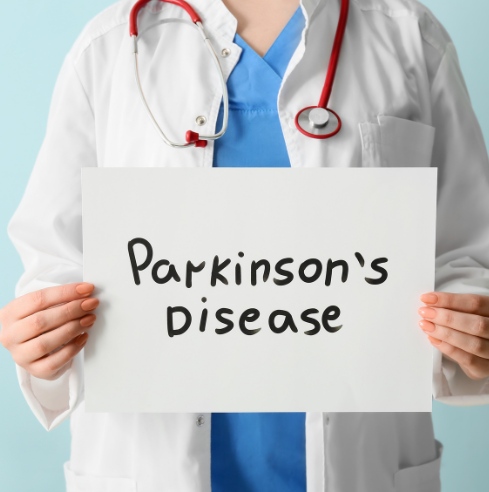
The Age of the Meta-Doctor: Diagnosing Parkinson’s Disease with Artificial Intelligence and Speech
By: Ayush Tripathi
The basal ganglia consist of the striatum, substantia nigra, and other nuclei, forming various pathways of motor initiation. Parkinson’s disease (PD) is a neurodegenerative disorder characterized by dysfunction of the basal ganglia pathways. Consequently, PD affects the production of speech. An AI model can analyze audio samples from regular and PD patients. A simple deep learning model with various layers, ReLU activation, sigmoid activation, optimizer, loss function, and Early_Stopping can use extracted speech features to classify patients as regular or PD-afflicted with up to 97% accuracy. Overall, the advent of user-friendly artificial intelligence has led to exciting times, with new medical advancements emerging day after day; perhaps the ease of AI implementation will encourage others to solve everyday problems with just a computer and a dream.

Discussion of Uveal Melanoma Metastasis - Using Novel Biomarkers for Improved Tracking & Treatment
By: Reeva Khokhar
Uveal Melanoma is the most common primary intraocular cancer and it affects thousands of individuals on an annual basis. Although uveal melanoma is rarer than other cancers it is very aggressive and can be extremely deadly, since in nearly half of all uveal melanoma cases the cancer ends up spreading to other parts of the body. With such a large chance of metastasis occurring in uveal melanoma cases, it is essential to discover effective ways to track the metastasis of uveal melanoma and treat the patients before the cancer has spread too far in the body. This paper first explains what uveal melanoma is and how it occurs and progresses throughout the body. Then, it discusses some novel biomarkers introduced by recent studies and highlights the way these biomarkers can offer a means of improved prognostication as well as help guide more effective personalized treatments for uveal melanoma patients.

Using Video Games for the Treatment of Symptoms of Autism
By: Pranay Thatikonda
Autism spectrum disorder is a disorder that has a growing prevalence in children and with traditional methods of treatment being ineffective, expensive, or scarce, new methods of intervention must be found. Using video games for the treatment of ASD, and other disorders, is a novel field that has promising results. Early studies show that video games are beneficial for typically developing kids and even children with ADHD. Newer studies have shown that those benefits can be translated to children with ASD as well. The purpose of this paper is to show that using video games for the treatment of autism is a promising field that should be studied more in-depth.

Deconstructing Preimplantation Genetic Diagnosis
By: Diya Menon
This paper first explores PGD, determining the testing process and pinpointing its applications' current extent. It then transitions to analyzing the current methods of sampling and analysis housed in PGD, determining their benefits as well as their detriments. It finally contrasts present methods with the many proposed advances, analyzes the feasibility of such advances, and compares the benefits and limitations of these new treatment plans to conclude the best combination of developments is Blastocyst biopsy and Next Generation Sequencing for the advancement of PGD as a diagnostic procedure.

Post Mohs Reconstruction Surgery: A Meticulous Life-Changing Procedure
By: Aarna Dessai
Post-Mohs Reconstruction Surgery allows for that healthy tissue, or any other part of the skin lost to be replaced, using several different methods: some being skin grafts, bioengineered skin grafts, skin flaps, and even such as suturing up a wound. Depending on the average size of the wounding, one of these many procedures are performed. For patients to achieve that cosmetic outcome, Post-Mohs Reconstruction Surgery allows for skin cancer wounds to be healed efficiently. Skin cancer is an overbearing disease that has a drastic effect on patients not only physically, but mentally as well. Post-Mohs Reconstruction Surgery allows for mental alleviation in these skin cancer patients’ minds, which allows them to live a normal life prior to this damaging disease. From the practices of surgical skin grafts, to the emotional effect on patients, Post-Mohs has a significant impact to solve it all, in just one single surgery.

Prevention of Drug-resistant Tuberculosis
By: Aarav Sinha
This paper explores various aspects of drug-resistant TB, providing a holistic understanding of the current knowledge. Firstly, it examines the historical context of drug resistance in TB, tracing its origins and evolution, yielding insights into present challenges. Additionally, the paper elucidates current treatment options, emphasizing the need for a multi-drug approach. The efficacy, limitations, and side effects of these regimens are evaluated, offering a comprehensive overview.

Type 2 Diabetes: Molecular mechanism, Understanding and Prevention
By: Krish Pancholi
This research aims to provide a comprehensive overview of the importance of diabetes by situating it in a larger context, defining the condition, and exploring its impact on day-to-day lives. Type 1 diabetes is an autoimmune disorder characterized by the destruction of pancreatic beta cells, resulting in a lack of insulin production.

Premenstrual Dysphoric Disorder: Patterns, Causes, and Effects
By:Medha Inapuri
This research paper brings attention to PMDD and provides insight on the causes and effects of this certain condition. A woman suffering from PMDD does not only experience physical symptoms that can have an effect on her daily routine but also has intense emotional symptoms that restrict her control of her behavior. These symptoms can heavily strain a female’s relationships with other people and disrupt her work and/or personal environments.

Predictability of Off-Targets in CRISPR-Cas9 Gene Editing Systems using Convolutional Neural Networks
By: Parsh Verma
This research accentuates the untapped potential of Convolutional Neural Networks in augmenting the predictability of off-target effects in CRISPR-Cas systems, thereby fostering safer and more efficacious applications of this transformative gene editing tool.
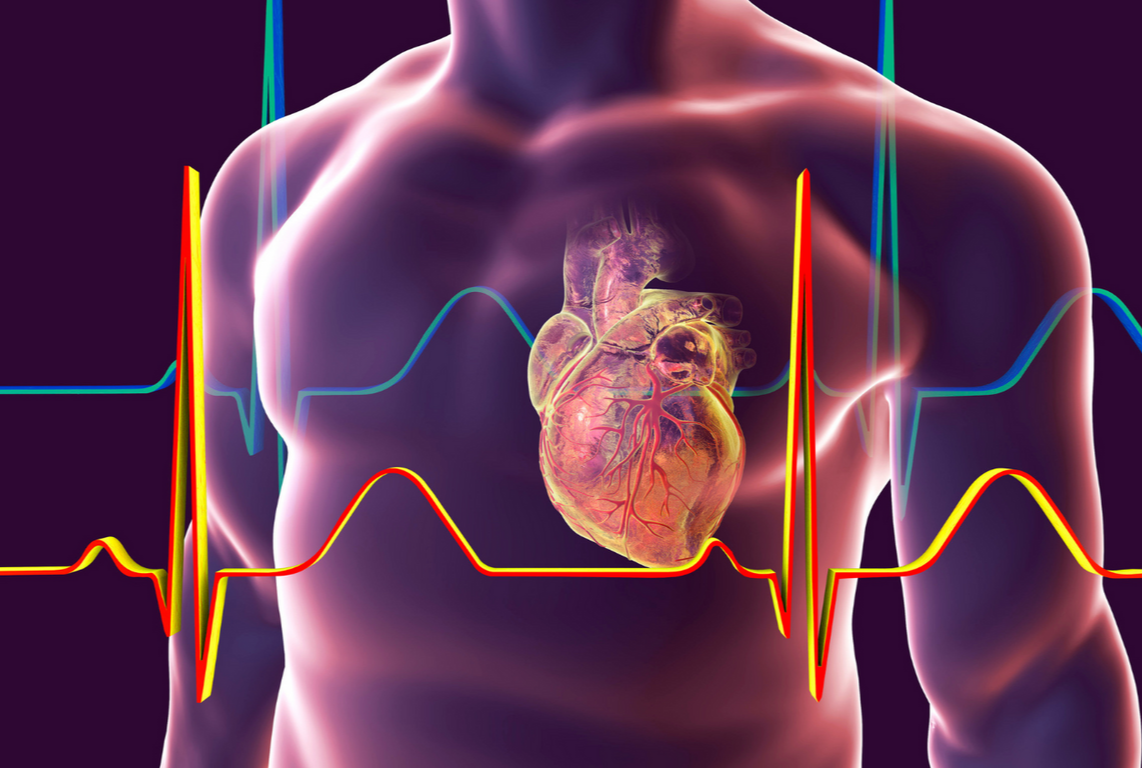
A Supervised Deep Learning Model for the Detection of Cardiovascular Disease
By: Ananya Saridena
The research focused on creating a model enriched with multiple layers, activation functions, optimizers, and loss functions. The chosen approach leveraged the power of AI to analyze labeled patient data and map input features to corresponding class labels, enabling accurate detection of CVD. The dataset used contained 70,000 patient records with 12 different clinical attributes.

Machine Learning for Risk Prediction of Cardiovascular Disease: Current Advances and Future Prospects
By: Abhaya Saridena
The paper discusses the benefits of applying machine learning techniques, various prediction algorithms, performance assessment, and current research limits. Our findings suggest that machine learning methods are useful for predicting CVD risk and have the potential to improve clinical judgment, which may help to lessen the burden of cardiovascular disease in the future. This research also helps to shape the medical field by providing insights on treating similar deadly diseases using AI and machine learning models.

Daratumumab in the Treatment of Multiple Myeloma
By: Aryan Marri
Daratumbabab has transformed multiple myeloma treatment since it was approved, and it has now acquired further approvals for a number of applications, reaffirming its place as a prominent therapeutic choice in the management of this challenging condition. It has been very effective in combating multiple myeloma. Although certain symptoms are present, its efficacy is still quite good.

An Overview of Prion Diseases: Protein Transformation, Effects on Animals, and Current Treatments
By: Neha Katakamshetty
Prion disease is an extremely rare disease that occurs in about 1 in a million people, and people usually die in a couple of months to years following diagnosis. This disease predominantly affects the population older than 60, as the symptoms appear more frequently at this age. The distribution of this disease is completely random, and there is no specific area of distribution of this disease in the world except kuru. Kuru is in Papua New Guinea. However, the emergence of the prion disease occurs well before in the nervous system.

Oncolytic Viruses: A Viable Treatment Option for Treating Cancers
By: Rohit Rao
This paper will research characteristics oncolytic viruses take advantage of and the mechanisms of these viruses used to target cancer cells. The paper will also investigate treatments that have been approved for treating specific cancers, and whether oncolytic viruses can serve as a viable treatment option to treat cancer soon based on current research done thus far.

Neuropathological Mechanisms of Alzheimer's Disease: Complications and Potential Treatments
By: Vineel Gavini
Research findings support that the supplement's efficacy is inconclusive as trials have not been able to provide significant evidence as to whether or not Ginkgo Biloba is effective in the case of Alzheimer’s.
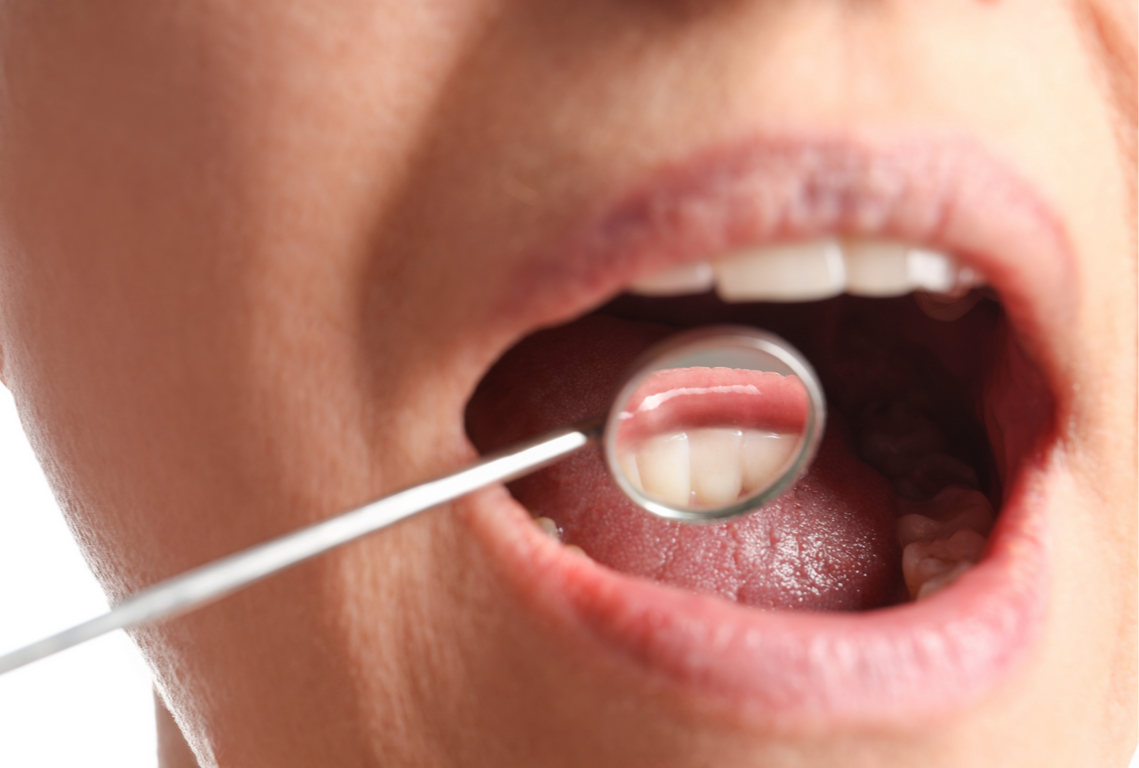
The Practicality of Liquid Biopsies in the Diagnosis of Oral Cancer Compared to Other Techniques
By: Kamya Keerthivasan
As the need for a developing technique is continuously stressed on, this research paper discusses knowledge about the oral cancer detection factors and the liquid biopsy process. Primarily, it also determines whether the technique is a practical choice for the future of the diagnosis and detection of oral cancer.
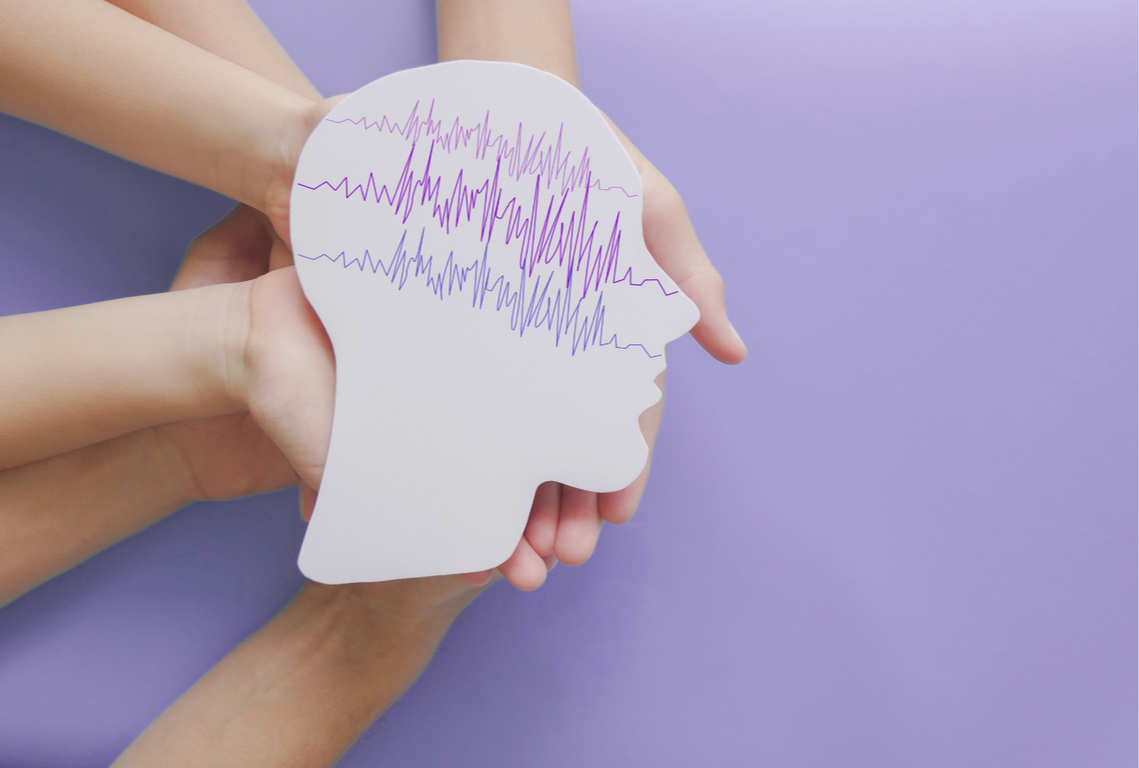
Prediction of Seizure Onset with Machine Learning: A Treatment Option for Landau Kleffner Syndrome
By: Anuprabha Dandapat
In this study, machine learning techniques are utilized to analyze several hours of ictal and preictal EEG data from 23 patients in order to predict the onset of a seizure. This study aims to promote patient safety and reduce need for constant monitoring by predicting when a seizure will occur.

Towards a Sustainable Ocean Ecosystem: Innovations in Plastic Pollution Mitigation, Policy Collaborations, and Technological Advancements
By: Sachin Jaiganesh
The research delves into the multifaceted challenge of plastic pollution, specifically focusing on its presence in our oceans. Initially, the paper explores the history and significance of ocean clean-up initiatives, emphasizing the urgent need to address the detrimental impacts of plastic waste on marine ecosystems.

The Immunopathology of Covid-19
By: Pranav Konduru
SARS-CoV-2 is a virus causing Covid-19, with a genome encoding proteins for replication. The innate immune system responds rapidly, employing pattern recognition receptors (PRRs) detecting viral presence. Mucosal tissues offer initial defense, with interferons inhibiting viral replication. Inflammatory cytokines and chemokines attract immune cells, sometimes resulting in cytokine storm. However, excessive inflammation may worsen disease outcomes.
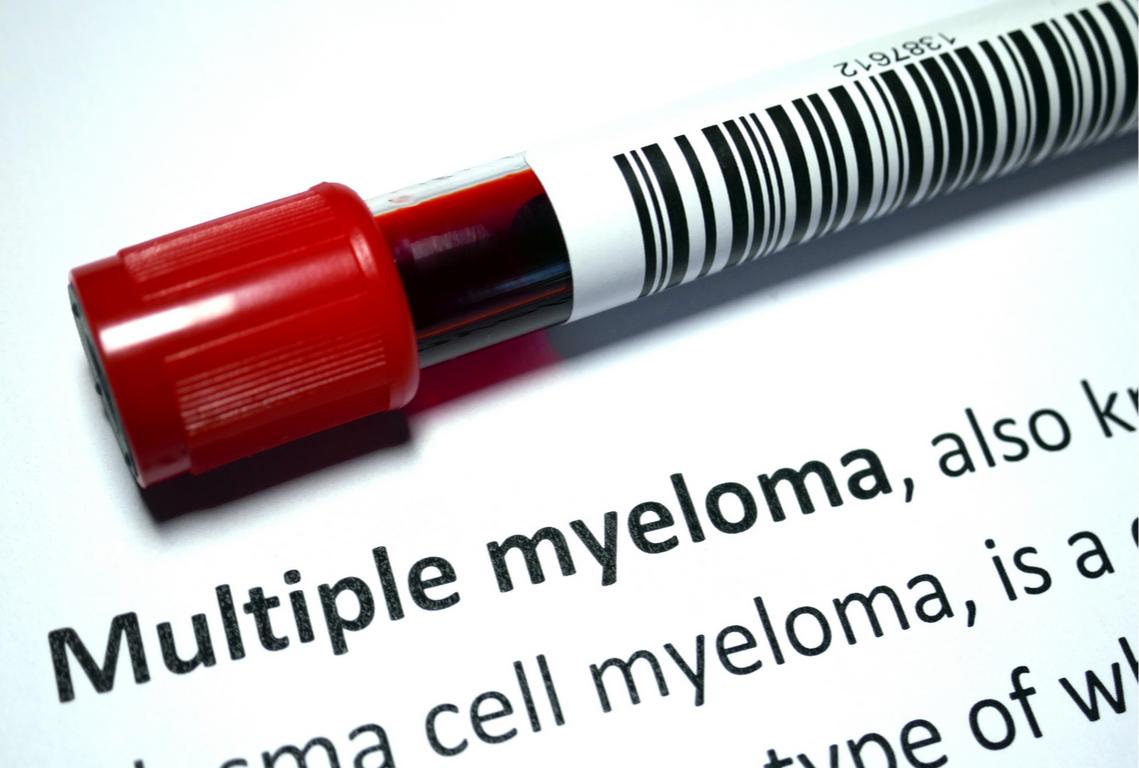
Immune Cell Regeneration and Gaining Strength to Attack Multiple Myeloma Cancer
By: Jessica Joseph
By studying and researching the effects of Multiple Myeloma on immune cells, this paper’s goal is to find ways to improve current treatments and how to regenerate stronger and healthier immune cells which can resist and potentially defeat Multiple Myeloma Cancer.